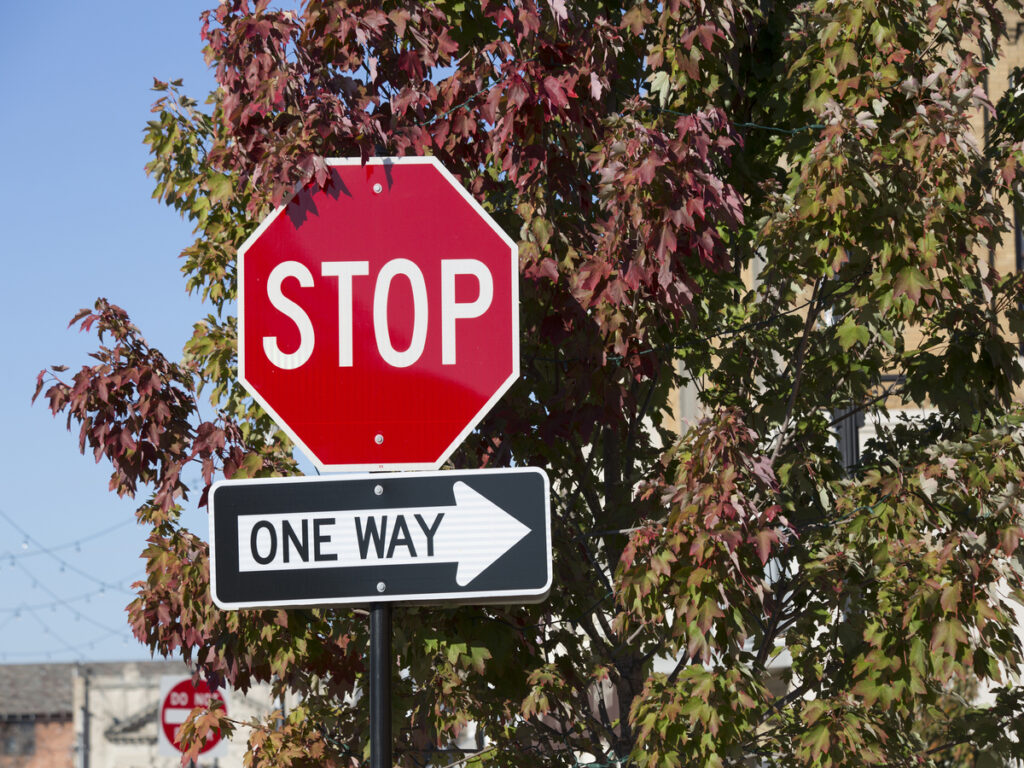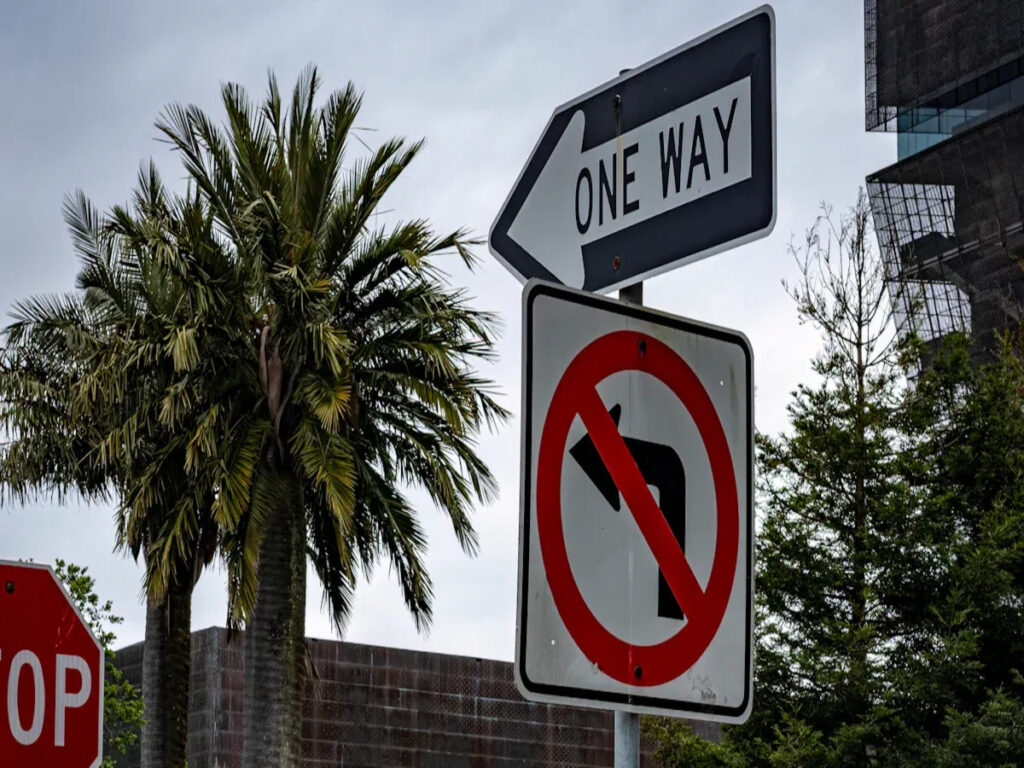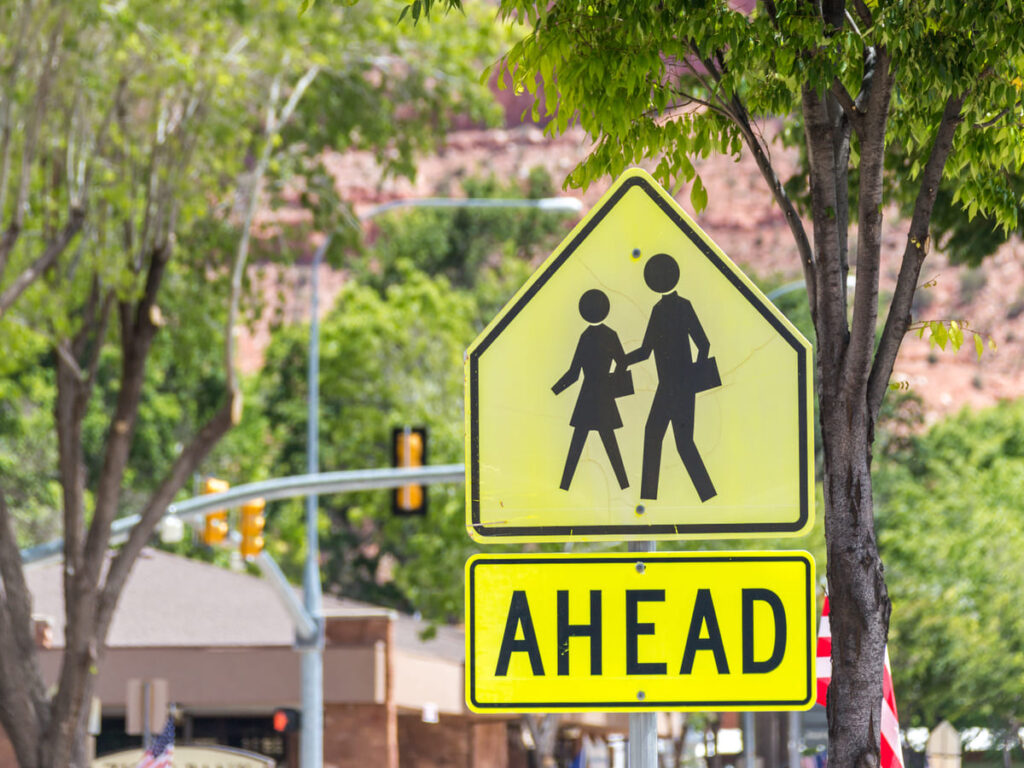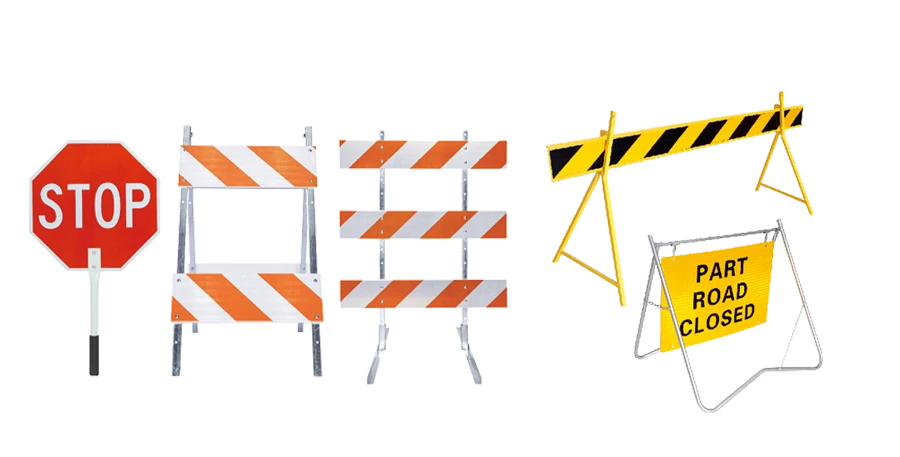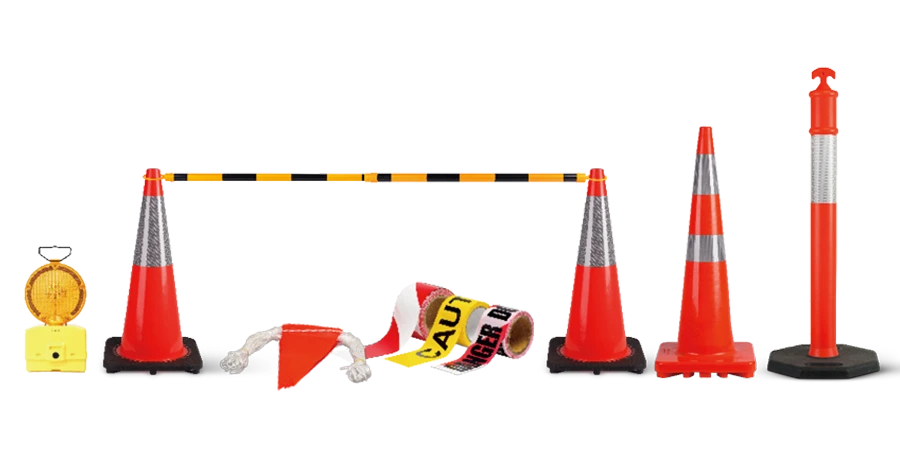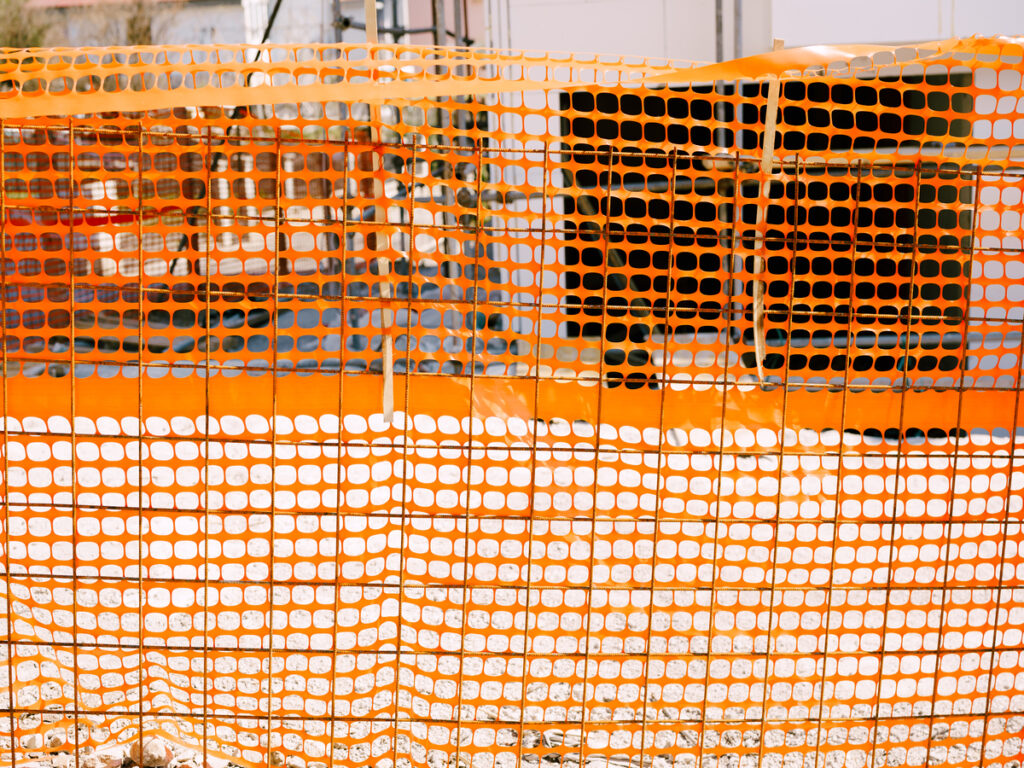
OSHA makes rules to keep people safe at construction sites. You must use temporary fencing to block off dangerous spots. This barrier helps protect workers and keeps the site safe. Using temporary fencing lowers the chance of accidents. It also helps you follow safety rules. Many building projects use strong temporary fencing to protect everyone. A good construction safety fence helps with safety and keeps the site secure.
キーテイクアウト
- Use temporary fencing to keep workers and the public safe. It blocks off dangerous places and follows OSHA safety rules.
- Pick fencing materials like galvanized steel that do not rust. Make sure the fence is tall enough to meet safety rules. This helps keep your site safe and follows the law.
- Choose the right fence type for your site. You can use panel, chain-link, or mesh fences. Think about your site’s risks, how much security you need, and how long your project will last.
- Put up fences the right way with strong posts and safe gates. Check the fences often to find and fix any damage or weak spots fast.
- Use clear signs and bright colors on fences to warn people. This helps stop accidents and keeps everyone safer on your site.
OSHA Temporary Fencing Requirements
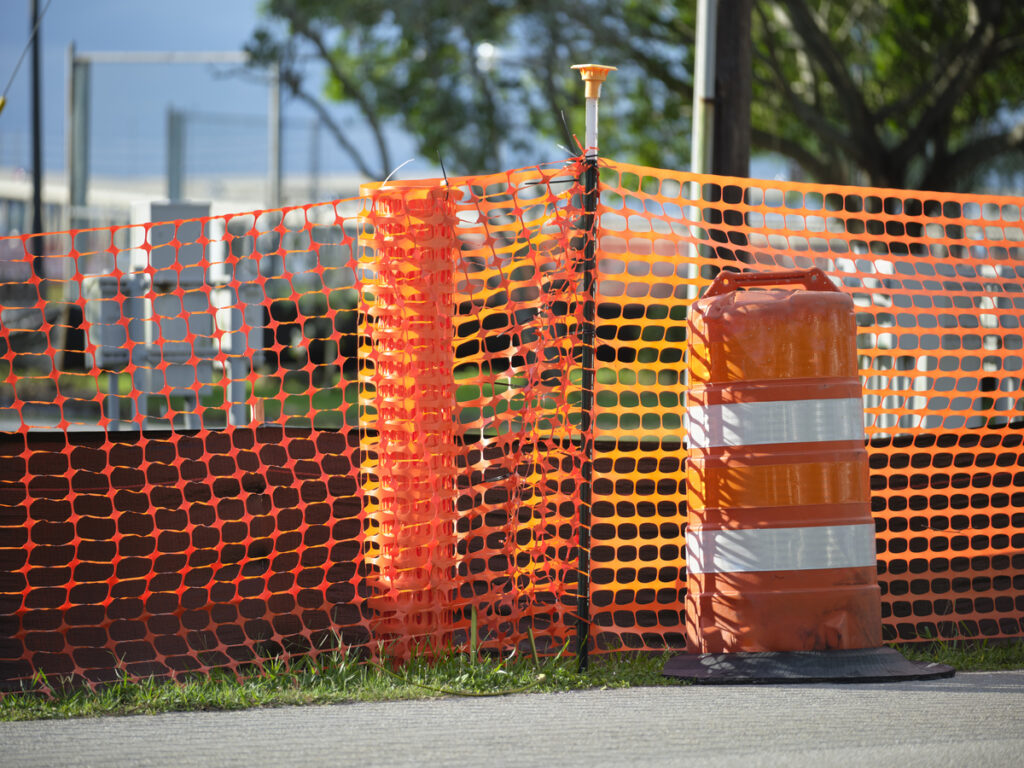
Key Standards
You have to follow OSHA規格 when putting up temporary fencing at your construction site. These rules help keep workers and the public safe. OSHA does not have just one rule for temporary fencing. その代わり, there are a few different standards you need to know about.
Here is a table that lists important OSHA standards for temporary fencing:
| OSHA Standard | 説明 | Relevance to Temporary Fencing on Construction Sites |
|---|---|---|
| 29 CFR 1926.34 (Means of Egress) | Buildings must have exits that are always open and easy to use | Make sure temporary fencing does not block emergency exits. Gates should stay unlocked while people are working. |
| 29 CFR 1926.403 (Work Area Control) | Rules for keeping work areas safe for workers | Use temporary fencing to keep people out of dangerous places and control who comes in. |
| 29 CFR 1926.752(c)(1) (Steel Erection Site Layout) | Safe roads and ways for people and cars to move around | Set up temporary fencing to keep the public away from building work and let people get in safely. |
| 29 CFR 1926.1424 (Barriers for Hazardous Areas) | Barriers like warning lines or control lines around danger zones | Use temporary fencing as a barrier to show where danger is and keep people safe. |
Temporary fencing helps protect against dangers like falling objects and people going where they should not. You need to put fencing around holes, stairs, and other risky spots. You should also use other safety tools, like guardrails and safety nets, to make things safer.
OSHA says you must keep emergency exits clear. Put gates in the right places and keep them unlocked when workers are there. This helps everyone get out fast if there is an emergency.
Common Specifications
When picking temporary fencing, you have to meet certain rules. These details help you follow the law and keep your site safe.
Here is a table with common rules for temporary fencing:
| Requirement Aspect | 仕様 |
|---|---|
| Minimum Height for Residential Projects | 4 足 |
| Minimum Height for Construction and Industrial Projects | 6 足 |
| Minimum Height for Work Above 10 Feet | 4 足 |
| Material for Chain Link Fences | Galvanized metal to resist weather conditions |
| Additional Requirements | Safety signs on fencing; fences locked when workers are absent |
Use temporary fencing that is strong and will not fall over. Galvanized metal is good because it does not rust and can handle bad weather. You need to hold the fencing down with heavy bases, like concrete blocks, so it does not tip. Check the fencing often to make sure it is still safe.
ヒント: Put safety signs on temporary fencing to warn people about danger. Use bright colors like orange or yellow-green so people can see them easily. Add reflective tape so the fencing is easy to see at night.
Set up temporary fencing so it does not cause new problems. Cover sharp edges with safety caps. Make sure panels are close together so no one trips. The fencing should be easy to see from far away. This keeps out people who should not be there and warns workers about danger.
Check temporary fencing often. 壊れた部品を探してください, loose panels, または標識が欠けています. Fix any problems right away so the fencing keeps working. Use fencing that you can move and use again as your project changes.
Temporary fencing helps you control where people and cars go. You can use it to make work zones, walking paths, and roads. This keeps everyone safe and helps the site stay organized.
Types of Construction Safety Fence
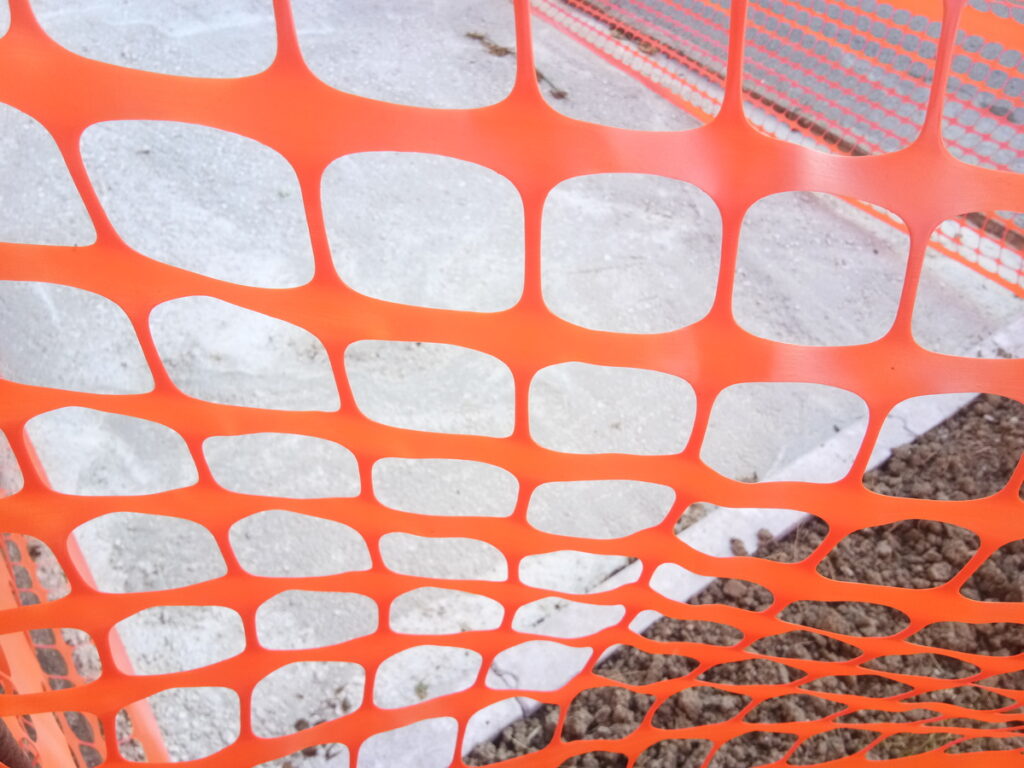
Panel Fencing
Panel fencing is a strong barrier for your site. It blocks off dangerous places and controls crowds. Workers stay safe behind panel fencing. It helps stop theft and vandalism. People cannot enter without permission. You can set up panels fast. Move them when your project changes. Panel fencing is good for zoning. Only certain workers can go in marked areas. You see panel fencing near open pits or demolition zones. The tall and solid panels keep debris inside. They also block distractions from outside.
ヒント: Use panel fencing with plastic barricades. This makes the fence easier to see and helps control traffic.
ベストユースケース:
- Securing work zones
- Directing pedestrian flow
- Creating private areas
- Limiting access to sensitive spots
長所:
- Easy to install and move
- Strong and stable
- Good for privacy and safety
短所:
- Heavier than other types of temporary fencing
- May cost more for large sites
Chain-Link Fencing
Chain-link fencing is very common at construction sites. You can set it up quickly. It shows clear boundaries for your site. This fence is made from galvanized steel. It does not rust and lasts a long time. The open mesh lets you see through the fence. This helps with security and watching the site. You can change the height. Add barbed wire for more protection.
| Advantages of Chain-Link Fencing | Disadvantages of Chain-Link Fencing |
|---|---|
| Durable and weather-resistant | Can be climbed or cut |
| Cost-effective | Hard to repair damaged sections |
| Transparent for easy monitoring | May need extra security measures |
| Quick to install | Less attractive than other fences |
| メンテナンスが少ない | Professional installation needed |
Chain-link fencing marks boundaries and keeps most people out. For high-security, add anti-climb features or stronger mesh. This makes it harder to break through.
Mesh and Pedestrian Fencing
Mesh fencing comes in different types. Welded wire mesh is strong and lasts longer than chain-link fencing. The tight mesh is hard to climb or cut. Use mesh fencing to protect risky areas. It keeps crowds away from danger. Plastic mesh is light and easy to put up. But it does not last long or give much security. Metal mesh fencing stands up to bad weather. It needs little care.
注記: Anti-climb mesh fences have small openings and smooth sides. This stops people from climbing or cutting through. You can add spikes or cameras for more protection.
ベストユースケース:
- High-security zones
- Pedestrian walkways
- Temporary crowd control
長所:
- Superior security and durability
- Hard to climb or cut
- Modular for easy repair
短所:
- More expensive than other types of temporary fencing
- Takes longer to install
You can pick from many types of temporary fencing. Think about your site’s risks and how long you need the fence. Choose the right construction safety fence to keep your site safe and organized.
Choosing Temporary Fencing Solutions
Assessing Site Needs
Before picking a temporary fence, look at your site. Check for dangers like open pits or heavy machines. Notice if there are busy areas with lots of people. Think about how long the work will last. Short jobs might need light fences. Long jobs need strong fences you can use again. Look at the shape of your site. If the ground is uneven, you may need flexible fencing. Security is very important. You want to stop trespassers and keep tools safe. Here are things to think about:
- Types of fencing: Chain-link, panel, and barrier fences have different uses.
- Durability and strength: Steel and chain-link are good for tough places.
- Installation and portability: Prefab panels make moving fences easy.
- Security features: Anti-climb fences and gates help keep things safe.
- Cost and budget: Think about price and how long you need the fence.
Key Features to Consider
Pick fences that keep your site safe and follow rules. Strong fences made from galvanized steel or mesh last longer. These materials can handle wind, 雨, そして太陽. Bright colors or reflective strips help people see danger spots. Fences that resist weather work in every season. Make sure your fence follows OSHA and local rules. The table below shows how fences compare:
| Type of Temporary Fencing | Sturdiness / 耐久性 | 可視性 | 気象抵抗 |
|---|---|---|---|
| Chain-link fencing | 高い | 高い | 高い |
| Mesh fencing | 中くらい | 高い | 高い |
| Barricade fencing | 高い | 中くらい | 高い |
| Concrete barriers | 非常に高い | 低い | 非常に高い |
| Plastic fencing | 低い | 中くらい | 中くらい |
Matching Fence to Project Goals
Pick a fence that fits your project’s needs. If you want privacy, use solid panels or screens. These make your site look neat and nice. 忙しい場所で, use fences that block views and noise. For high-security, choose fences with anti-climb parts and strong locks. Budget is important too. Rent fences for short jobs. Buy fences for long jobs. The chart below shows cost differences for fencing types:
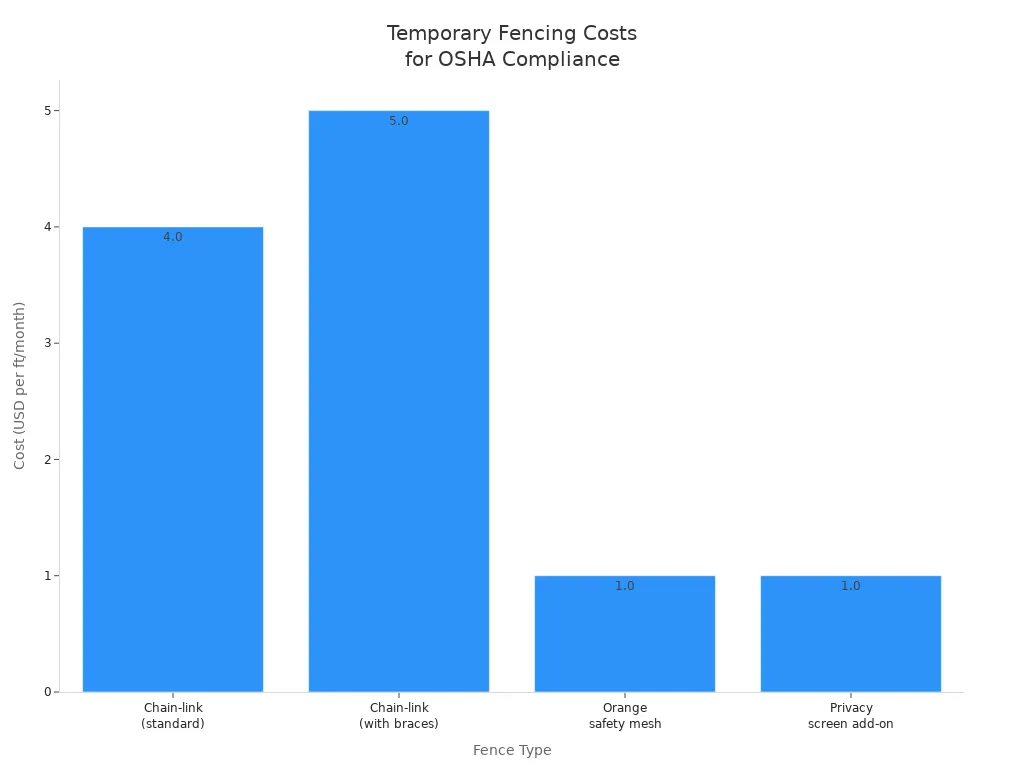
You can add signs, gates, or screens to your fence. This helps you meet safety and project goals. Good fences protect workers and keep the public safe. They also show you care about your site’s look.
Compliance and Maintenance
Installation Best Practices
You must follow the right steps to set up temporary fencing. 初め, clear away trash and check if the ground is firm. Mark where the fence will go before you start. Use strong posts and push them deep into the ground. Heavy stakes and weight bags help keep the fence steady in wind. Pick materials that do not rust or break in bad weather. The fence should be at least six feet tall for OSHA rules. Add anti-climb parts like tight mesh or flat plates for more safety. Lock gates with good locks and check them often. Doing these things helps stop accidents and keeps your site safe.
ヒント: Always look for bumpy ground or hills. Change your fence supports to fit the land and stop weak spots.
Here is a table of common mistakes when installing fences and what can happen:
| Common Mistake | 説明 | Impact on Safety and Compliance |
|---|---|---|
| Shallow post installation | Posts not deep enough in the ground | Fence may fall, leading to OSHA violations |
| Weak anchoring | Not enough stakes or poor hardware | Fence can shift or collapse |
| Wrong material selection | Using non-galvanized steel or damaged parts | Fence rusts or breaks, reducing safety |
| Ignoring terrain | Not adjusting for slopes or soil type | Fence becomes unstable |
Regular Inspections
You need to check your temporary fencing often. Look for loose panels, missing signs, or broken parts. Check after storms or strong winds. Pay close attention to corners, gates, and busy spots. Fix or replace weak parts right away. Keep the area near the fence clean and clear. Put up clear safety signs to warn workers and others. Checking your fence often helps you find problems early and keeps everyone safe.
- Check if panels are connected and bases are steady
- Make sure the fence is straight and braced
- Test locks and other security parts
- Watch for leaning or moving fence sections
ドキュメント
Keep notes about every check and repair you do. Take photos with dates and write down what you see. Record all repairs and changes you make. Save permits and proof your fence follows local rules. Teach your team to do the same steps each time. Good records show you follow safety laws and help if inspectors ask questions. Keeping things organized protects your project from delays and fines.
Ensure Worker and Public Safety
Risk Reduction
You help keep your construction site safe. Temporary fencing makes clear borders around dangerous spots. This keeps workers and the public away from open pits and machines. Strong fences also stop people from stealing tools or breaking things. Fencing does more than just show where to go. It helps guide workers and visitors on safe paths. Bright signs and shiny tape make fences easy to see, 夜でも. You should check fences often for weak spots or damage. Fixing problems right away lowers the chance of accidents and keeps everyone safe.
注記: Sites with good fencing have fewer injuries and less trespassing. Metal panels and anti-climb parts give extra safety for everyone.
実世界の例
You can learn from real stories where fencing helped:
- At a big music festival, tall fences kept crowds safe and stopped people from going into closed areas.
- During a city marathon, barricades kept fans off the track. This kept runners safe and made the event go well.
- A factory put up steel fencing with anti-climb mesh. その後, there were no break-ins and insurance got cheaper.
- On a building site, temporary fencing marked danger zones. This kept workers and the public away from harm.
Some places did not use good fencing. In Sydney, a man died after falling into an open hole at a building site. Another worker got badly hurt after falling into an unprotected pit. These sad events show why you must use strong, easy-to-see fencing and check it often.
ヒント: Pick the right fence, put it in the right place, and teach your team. Check fences often and use good materials to stop accidents and follow OSHA rules.
Following OSHA rules helps keep your site safe and saves money. Picking the right construction safety fence protects workers and stops theft. It also helps your project stay neat and organized. The right fence lets you follow local laws and manage your site well. You can get help from temporary fencing companies. They give advice, set up fences, and offer choices that fit your needs. Always make safety and following rules the most important thing on every job.
よくある質問
What is the minimum height for construction site fencing?
You need a fence at least 6 feet tall for most construction sites. This height helps keep people out and protects workers from hazards. Always check local rules for any extra requirements.
How often should you inspect temporary fencing?
You should inspect your fencing every week. Check after storms or strong winds. Look for loose panels, missing signs, または損傷. Fix any problems right away to keep your site safe.
Can you use temporary fence rentals for short projects?
はい, you can use temporary fence rentals for short-term jobs. Rentals give you flexibility and save money. You can choose the right type of fence for your project and return it when finished.
What safety features should your temporary fence have?
Your fence should have bright colors, 反射テープ, and clear warning signs. Use sturdy materials that resist weather. Make sure gates lock securely. These features help protect workers and the public.

